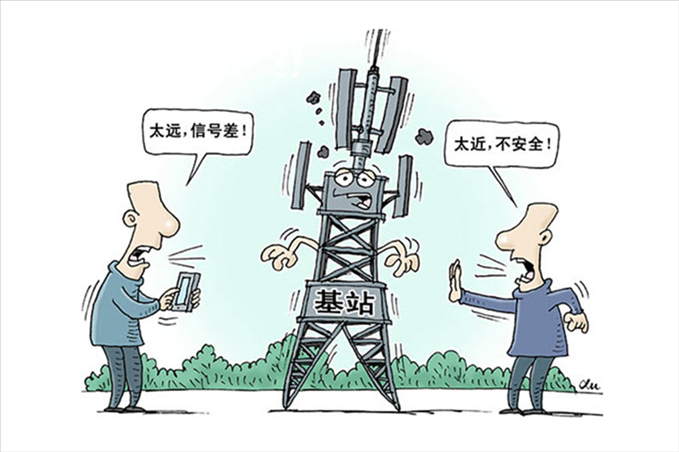
We can often see that “the construction of a base station in a certain area has stopped due to local residents†and “because the signal of the mobile phone near the base station near the demolished mobile phone has weakened†and so on. Does the base station radiation affect the human body? Demolition, news like this appear from time to time. Let's give everyone a popular science call today.
Electromagnetic radiation

In fact, as long as it is electromagnetic, it will produce radiation, mainly divided into ionization and non-ionization. The former refers to high-energy radiation that can destroy biological tissues and cause damage to living things, such as X-rays and nuclear radiation. The latter is only a general thermal effect. The home appliance electromagnetic oven commonly used in life is to use this principle to heat, it will not injure the biological molecular bonds, and the radiation generated by the base station will fall into this category and will not be harmful to the human body.
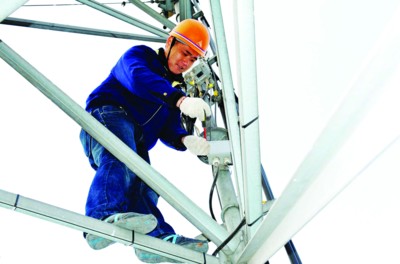
Base station construction
On the basis of the results of scientific experiments, many international organizations and countries have established corresponding standards to define human body safety limits for electromagnetic radiation. The international standards for electromagnetic radiation can be divided into two major camps in North America and Europe. One is the "ICNIRP standard" and the other is the "IEEE standard." China has also formulated relevant standards for this and issued the "Electromagnetic Environment Control Limit" (GB8702-2014). According to regulations, the communication band power density should be less than 40 microwatts/cm2. Compared to 900 μW/cm2 in European regulations (1800 MHz) and 1000 μW/cm2 in FCC (1800 MHz) in the United States, the former and the latter are 20 and 25 times, respectively. If we think that the physical distance from the West is a little bit far, we will say that in Hong Kong, the Hong Kong Telecommunications (Telecommunication) Administration stipulates (1800MHz) electromagnetic radiation standards of 900 microwatts/cm2, and a 20-fold gap, which is visible in mainland China. How strict is it?
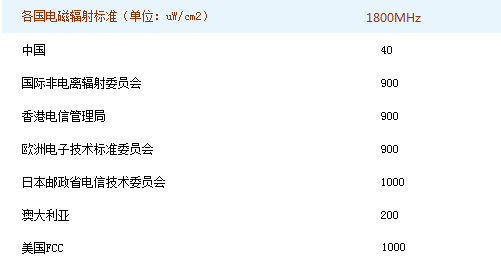
Electromagnetic Emission Standards Developed by Countries in the 1800 HMz Band
So how do you explain this setting? Take the hair dryer, the power is generally more than 1000 watts, due to the close proximity to the user in use, the actual radiation can reach 100 microwatts / square centimeter. According to industry insiders, considering that base station signals will appear to be superimposed on each other, mobile communication base stations are now implementing a one-fifth national standard, ie less than 8 microwatts/cm2. The locations chosen for the construction are simple and can be summarized in five principles: compliance with the cell plan, proper station height, safe and controllable surrounding of the engine room, temperature, humidity, power supply of the equipment room, reuse of existing sites as much as possible to save costs.

China's three major operators 4G band
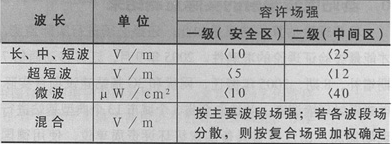
Environmental electromagnetic wave radiation intensity classification standard table
Today, with the development of 4G networks, more than 600,000 new 4G base stations will be built this year. The 4G frequency bands of China's three major operators are all concentrated in the 1750-2655MHz band, and the wavelength is between 0.17m-0.12m, which belongs to microwaves. For microwave electromagnetic radiation, the national standard stipulates that the power density microwatts/cm2 should be used as far as possible to divide the environmental electromagnetic radiation allowable radiation intensity standard into two levels:
The first-class standard: safety zone refers to the area where all populations (including infants, pregnant women and old and sick and disabled persons) who live, work, and live in the environment for a long time under the electromagnetic wave intensity of the environment will not suffer any harmful influence.
Secondary standards: The middle zone refers to the area where all people (including infants, pregnant women and old and sick and sick persons) who live, work, and live in the environment for a long time under the electromagnetic wave intensity of the environment may cause potential adverse reactions. In this area, Construction of factories and institutions, but no construction of residential houses, schools, hospitals, sanatoriums, etc.

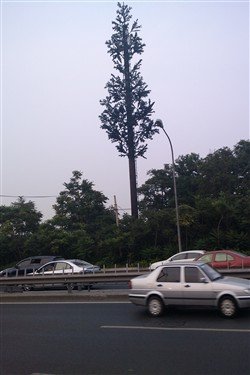
"Trees" near the Western Wall of Beijing Yuanmingyuan Garden
According to the rules and site selection principles, the operator will only order the construction of the base station in combination with relevant factors in the field of the base station. Sometimes it will be disguised as a big tree to build. There is a base station near the north wall of Beijing Yuanmingyuan near Bei Yan Park. It is disguised as a big tree, and it has a larger section than the surrounding clumps. pay attention.
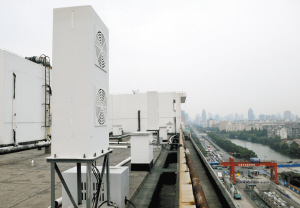
Base station disguised as an air conditioner
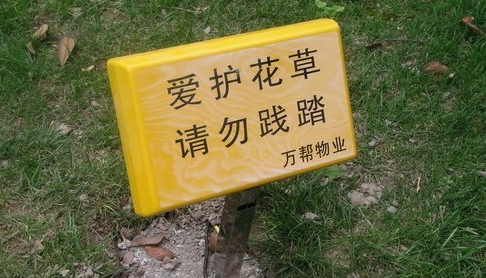
Such a mini base station, you have definitely seen
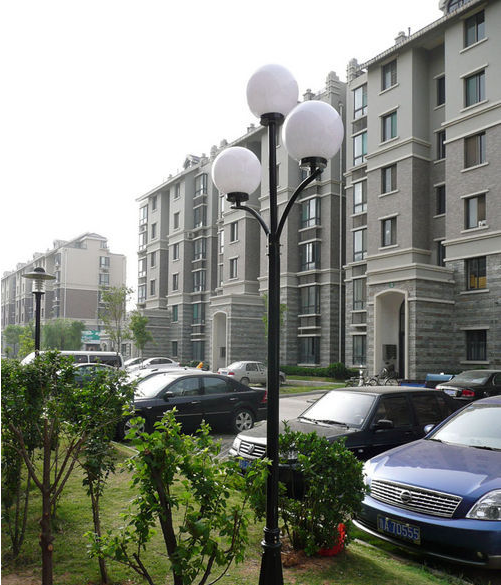
Night lights "cell lights"

Turf ornament
Of course, there are a variety of mini base stations in the city that are decorated with a variety of decorations. It is impossible to discover without careful observation.
Base station signal coverage
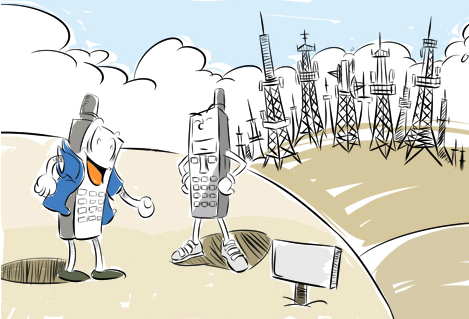
Mobile phone communication is not good, you can think of, nothing more than the signal coverage is not good, or by some shielding signal equipment. There have been reports that residents of a certain area have been dismantled due to concerns about base station radiation, and signals from mobile devices such as mobile phones have been affected. Operators have had to choose sites for reconstruction, but the signals have not returned to the level before demolition. In fact, the factors that affect it are very complex. Simple can be classified as follows:
1. Limited base station processing capacity in the city
In a city, the base station is built in a “small and multi†way. The image is represented graphically. Just like a cellular shape, there is a “cellular mobile network†option in the iPhone's setup options.

The advantage of a cellular data network is that it solves the high density of access requirements. If there is only one big iron tree in the city, it cannot solve the problem of frequency reuse and signal strength attenuation.
2. Limited coverage of small base stations
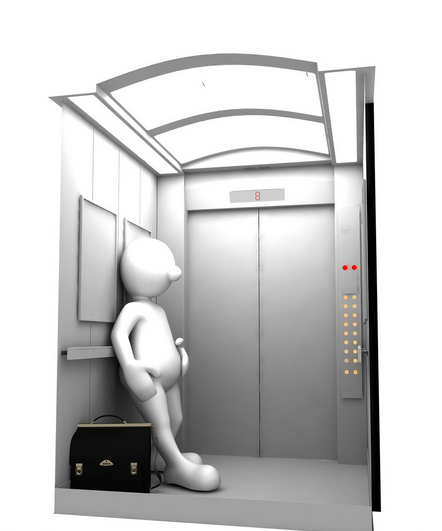
The radius of signal coverage of a small base station is about 1 kilometer or so, and it is small in size, and the penetrating power of the signal will naturally be worse. Therefore, in some office buildings, subway stations, etc., a mini base station will be built to enhance the signal. Now most newly installed vertical elevators will be equipped with transponders to ensure that the cell phone signal does not break down, but if older elevators may not be installed, the signal will not be covered.
3. There is a physical signal dead zone between base stations

In addition to not covering the causes of poor cell phone signal and signal penetrating power, when the mobile phone is in a node position of a base station, the selection of cell edge signals of different frequency bands will cause the network quality to decline, which is inevitable.
![<?echo $_SERVER['SERVER_NAME'];?>](/template/twentyseventeen/skin/images/header.jpg)